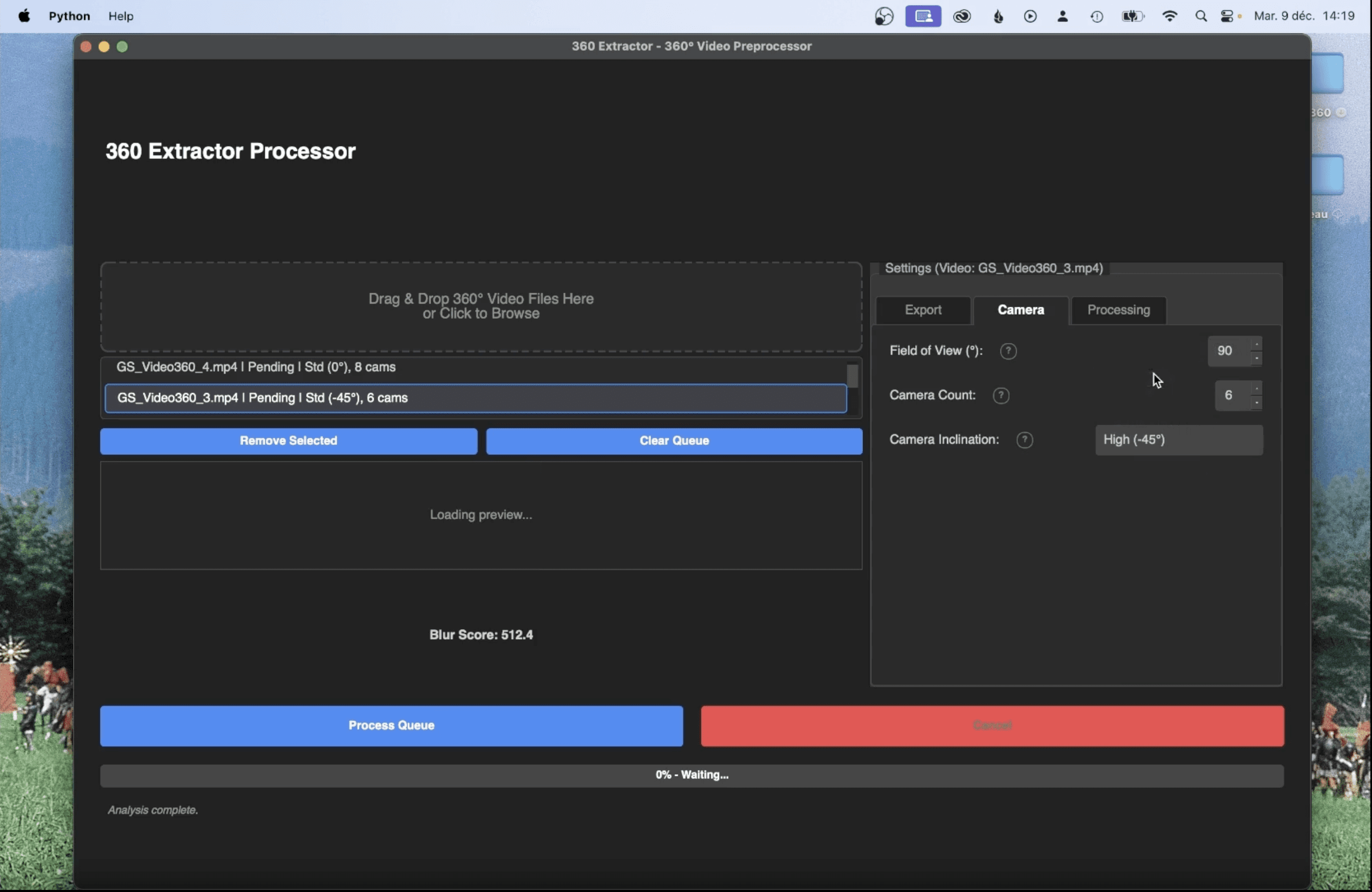
Michael Rubloff
Oct 8, 2025
Pix4D is pushing deeper into the world of radiance fields. Earlier this year, Pix4D brought support for gaussian splatting. At Intergeo 2025, the company announced that georeferenced Gaussian Splatting is now available for drone captured datasets in PIX4Dcloud. It’s a sign of how seriously Pix4D is investing in the future of 3D visualization. For years, the company’s cloud platform has been a backbone for site documentation, enabling teams to turn aerial images into point clouds, meshes, and measurable digital twins. But as we know with photogrammetry, the trade offs of thin details disappearing, edges blur, and reflective objects struggle to reconstruct.
The introduction of Gaussian Splatting changes that baseline. Instead of struggling to represent scaffolding, cables, or glass, PIX4Dcloud now reconstructs them with remarkable clarity using gaussian splatting. However, with this update, every Gaussian Splatting output is anchored to a coordinate reference system, giving teams the confidence to validate what was onsite.
Gaussian splatting has continued to creep into everyday geospatial and AEC workflows. By bringing georeferencing into the equation, gaussian splatting became all the more valuable to industry users. More information about Pix4D can be found on their website.







